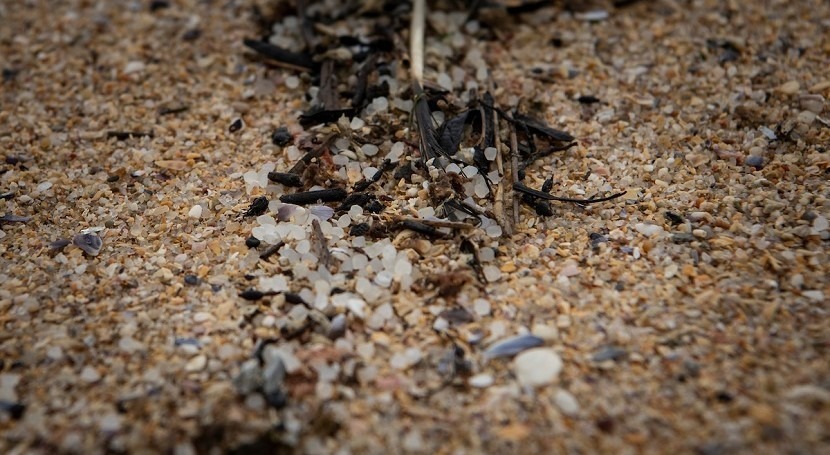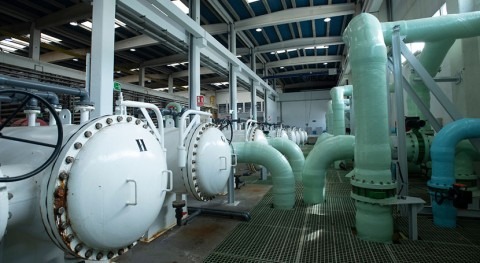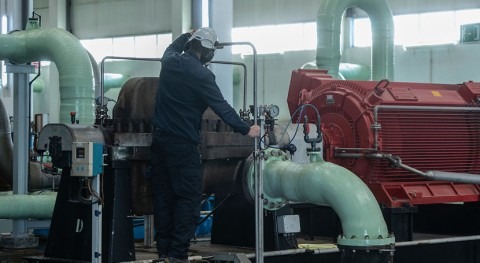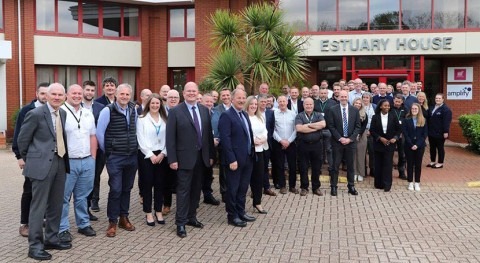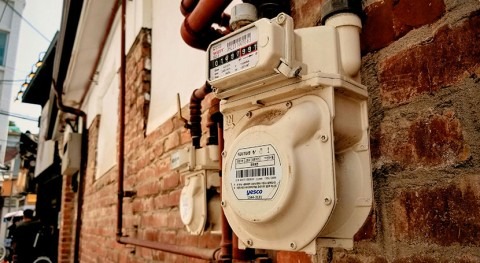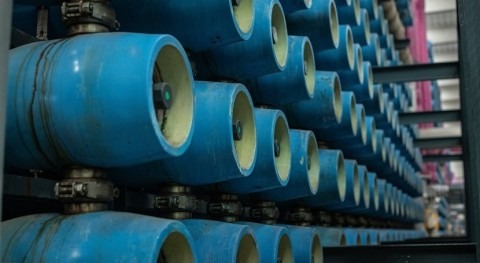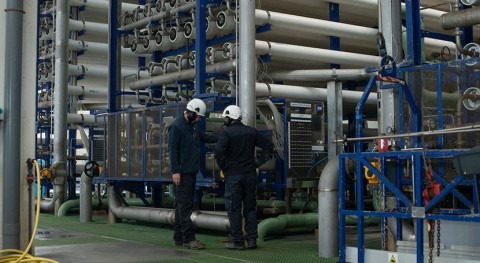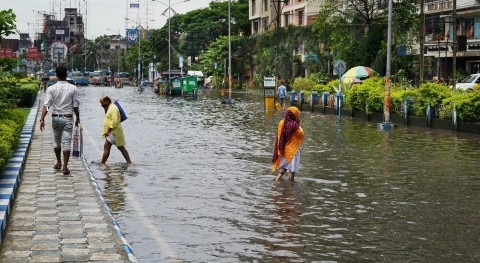Even with 87,000 tons of plastic already floating in the growing Great Pacific Garbage Patch, we are still trending towards doubling plastic production every two decades. According to Susanne Brander, an environmental toxicologist and an associate professor at Oregon State University, plastic doesn't decay naturally, but instead breaks down into smaller and smaller pieces. These minuscule particles have infiltrated our surroundings, from the depths of oceans to the crevices of terrestrial landscapes. The sources are diverse, from tire dust to fragments of larger plastic items to microbeads in personal care products. The ubiquity of these particles raises concerns about their toxicological effects and long-term environmental consequences. Wastewater, wind, rain and floods are some of the main carriers of plastic, especially single-use plastics from the land into the oceans, rivers and lakes.
So, like it or not, we are drinking microplastics almost daily. Although most of the scientific community agrees that consuming these particles can expose us to potential health risks like brain damage, endocrine disruption, and insulin resistance as well as wreaking havoc on aquatic ecosystems, very few governments across the nation have a policy to regulate microplastic contamination in the water bodies, and regularly test and monitor the levels of microplastics in our water sources. Based on the water quality reports published, they mainly focus on heavy metals, nitrates, fluorides and such, but no testing seems to be done on a regular basis for microplastics.
One of the main reasons for water departments to not regularly test for microplastic contaminants is the cost of testing equipment needed for detecting microplastics in water. Techniques like infrared spectroscopy (IR), Raman spectroscopy, and fluorescence have been employed to identify contaminants such as microplastics. The price of this equipment runs in the order of $10,000 to $35,000. It is evident even in home testing kits, while the average price of traditional water testing kits is around $30 to $60, microplastic home testing kits cost $500 to $600. All these techniques suffer from cost and scalability issues.
Addressing the microplastic detection crisis necessitates a multidisciplinary approach, and IoT, AI and ML are at the forefront of this battle
The other main reason for not publishing levels of microplastics in water quality reports is the cost and quality of water filtration for microplastics. Reverse Osmosis (RO) is considered efficient at reducing high levels of microplastics in water. But putting RO systems to filter out microplastics at water sources will at the very least double up our costs of water filtration for the governments. Additionally, RO systems have other issues like over filtration of essential nutrients from water, which can lead to more health concerns.
There are very few solutions for detecting microplastics in water with enough precision to publish reports, and most filtration methods to supplement these detection methods cause more problems of their own. Governments may be reluctant to test and publish microplastic pollution levels in water sources on a regular basis to avoid public outcry for not taking action unless they have a viable solution to test and filter out microplastics.
AI and machine learning solutions
Addressing the microplastic detection and filtration crisis necessitates a multidisciplinary approach, and Internet of Things Cloud Computing (IoT), Artificial Intelligence (AI) and machine learning (ML) are at the forefront of this battle. The first step in tackling this problem is identifying the presence of microplastics in our water and ecosystems with a low-cost solution. AI algorithms can be trained to detect and classify microplastics in diverse environments using state–of–the–art sensing technologies like electrochemical impedance spectroscopy (EIS) to identify the contaminant. This approach also can be used in identifying the primary sources of pollution by analysing the dumping patterns and levels of microplastic pollution.
Electrochemical impedance spectroscopy
EIS is an emerging method of detecting contaminants in water, or in other media. EIS differs greatly from other light-based methods like FTIR or Raman spectroscopy in that it does not use light as a detection method. EIS, as the name may suggest, works by using electricity as the observation tool. EIS passes a current through the solution in question and measures the output. The output in question is the impedance of the solution, which is a combination of the resistance (how the solution resists the flow of charge), the capacitance (how the solution stores charge), and the inductance (how the solution resists a change in the flow of current through it). Measuring the impedance can determine what contaminants are in the solution, since the presence of contaminants in the solution affects the way the solution responds to a current, and therefore affects the impedance. The final component of EIS is spectroscopy, a dimension that is added through the conversion of the singular impedance property of a circuit into a spectrum by using an alternating current. This alternating current is produced at a range of frequencies, and measuring the impedance of the solution at each of these frequencies will in return create a range of measurements that can be treated as a spectrum. Spectral analysis methods can then be applied to these impedance spectrums, providing much more data than a single measurement that is used to identify contaminants in water, even in trace amounts. EIS is cheap in comparison to FTIR or Raman spectroscopy and more robust due to its small size. It is, therefore, possible to mass produce EIS sensor designs and network them through the IoT to gather large amounts of data about water bodies.
The first step in tackling this problem is identifying the presence of microplastics in our water and ecosystems with a low-cost solution
An IoT-based EIS sensing system can be a promising low-cost solution consisting of several types of devices, including edge sensors for home settings, edge computing devices for major water sources like groundwater, lakes and rivers, compute servers, and mobile devices for running machine learning from EIS sensing data to identify contaminants. The system can facilitate training and inferencing of ML models for water quality monitoring on a regular basis. Edge sensors are relatively inexpensive and are intended to operate on lower power suitable to be installed in home environments, and can transfer the collected data to the cloud for alert notification and do not have edge computing capabilities. On the other hand, several edge computing devices can be installed in main water sources at major dumping points and can not only sample water but also perform inferencing locally on water contamination samples and raise alerts. This fully scalable system allows vast data collection from distributed EIS sensors to improve ML contaminant identification models. The IoT-enabled architecture allows mobile access to real-time water quality data and alerts. The system's scalability provides accessible drinking, industrial, and agricultural water quality monitoring globally. Its distributed nature enhances community capabilities for contaminant monitoring in water sources.
Whether we choose to use AI and IoT solutions or not, as the greatest advocates of our personal health, we should start a dialogue with our local governments to take the first step in detecting microplastics. Not having a perfect solution for filtration shouldn’t be a reason for not publishing the levels of microplastic pollution in water sources. Once we start gathering consistent data and releasing it to the public, it will raise awareness in the community, and possibly help us become more responsible and reduce the use of plastics and find ways to prevent plastic from reaching water in the first place. But it's high time we collectively take the first step to include microplastic testing as part of our water quality reports.


